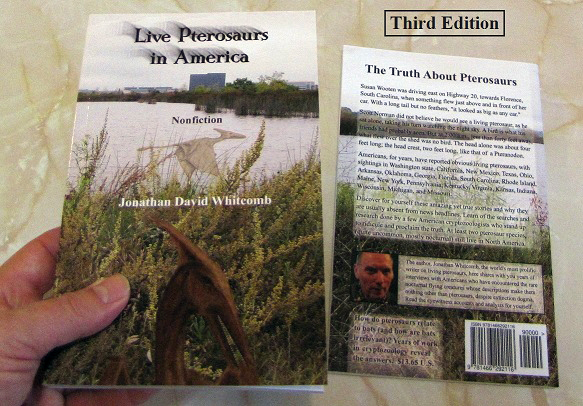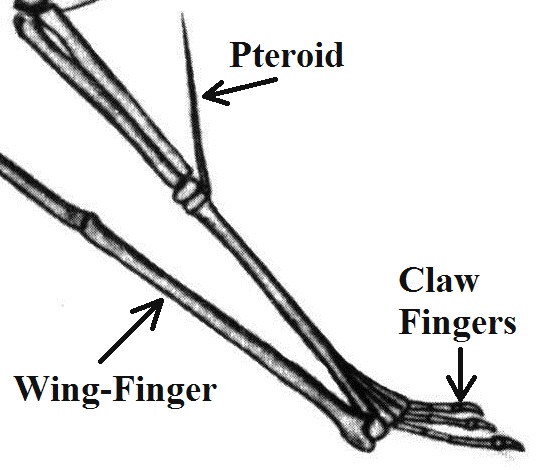Leaving aside fictions and e-books (including Kindle) here’s a listing of many cryptozoology books that are best selling on Amazon, at least early this afternoon (July 26, 2012). The ranking estimates how many total books are selling better, among the millions offered on Amazon. For example, for the top book listed below, it is estimated that over 17,000 books, of all subjects and genres, are selling better.
There are probably at least several books missing from the following list, for Amazon’s tracking by key-word-by-ranking is flawed.
#17,216 Destination Truth: Memoirs of a Monster Hunter
#56,929 Field Guide to Lake Monsters, Sea Serpents . . .
#62,847 Looking for Bigfoot
#86,724 Real Monsters, Gruesome Critters, and Beasts from the Darkside
#87,170 Sasquatch: Legend Meets Science
#109,058 Claw, Jaws, and Dinosaurs
#112,571 Live Pterosaurs in America (third edition)
#126,528 Tales of the Cryptids: Mysterious Creatures . . .
#138,762 Cryptozoology A to Z
#191,485 The Michigan Dogman
#217,735 Hunting the American Werewolf
#256,714 Monsters of Texas
#279,244 In Search of Sasquatch
#284,297 Bigfoot! – The True Story of Apes in America
#330,533 Monsters of West Virginia: Mysterious Creatures
#338,493 Monsters of New Jersey
#391,860 Big Bird
#415,823 Monsters of Wisconsin
#503,215 Monster Hunt: The Guide to Cryptozoology
#538,971 The Weiser Field Guide to Cryptozoology
#579,074 Monster Spotter’s Guide to North America
#582,746 Monsters of Illinois
#590,608 (first edition) LPA
#598,622 Cryptozoology: Science & Speculation
#612,581 Cryptozoology (by 10 authors)
#714,718 Searching for Ropens (second edition)
#745,709 Monsters Caught on Film
#791,541 The Beasts that Hide from Man . . .
#793,042 Dinosaurs – Dead or Alive
#865,610 Missionaries and Monsters
#971,962 Encyclopedia of Cryptozoology: A Global Guide to Hidden Animals . . .
(Books with rankings over a million are not included in the above list.)
For years, Cryptozoology A to Z, by Loren Coleman, was almost always the best selling book of this genre on Amazon. The publication of Destination Truth: Memoirs of a Monster Hunter, by Josh Gates (a television star of the true-adventure genre), put an end to that reign. For the past few years, the best my book could do (Live Pterosaurs in America, third edition), was to be the best seller among books about modern living pterosaurs.
I have often found it difficult to determine why my LPA sometimes has a surge in sales. Perhaps a small-town newspaper somewhere published something about eyewitness accounts of living pterosuars. Perhaps a blog writer mentioned my book. Who knows?
An eyewitness recently made it clear that the flying creature she had recently observed had a long tail and a horizontal tail vane at tail’s end.
______________________________________________________________________________

From page 86 of the nonfiction cryptozoology book Live Pterosaurs in America (third edition):
Without sightings of apparent living pterosaurs in Texas, and without reports of brilliantly glowing ropens in the southwest Pacific, I would hesitate speculating about bioluminescent flying predators near Marfa. I understand how difficult it must be for scientists who have never been exposed to those human experiences, how hard to consider the revolutionary idea I suggest. Yet how easy it is to underestimate the magnificent potential of life! And how wonderful it will be to discover a revolutionary new living species!







